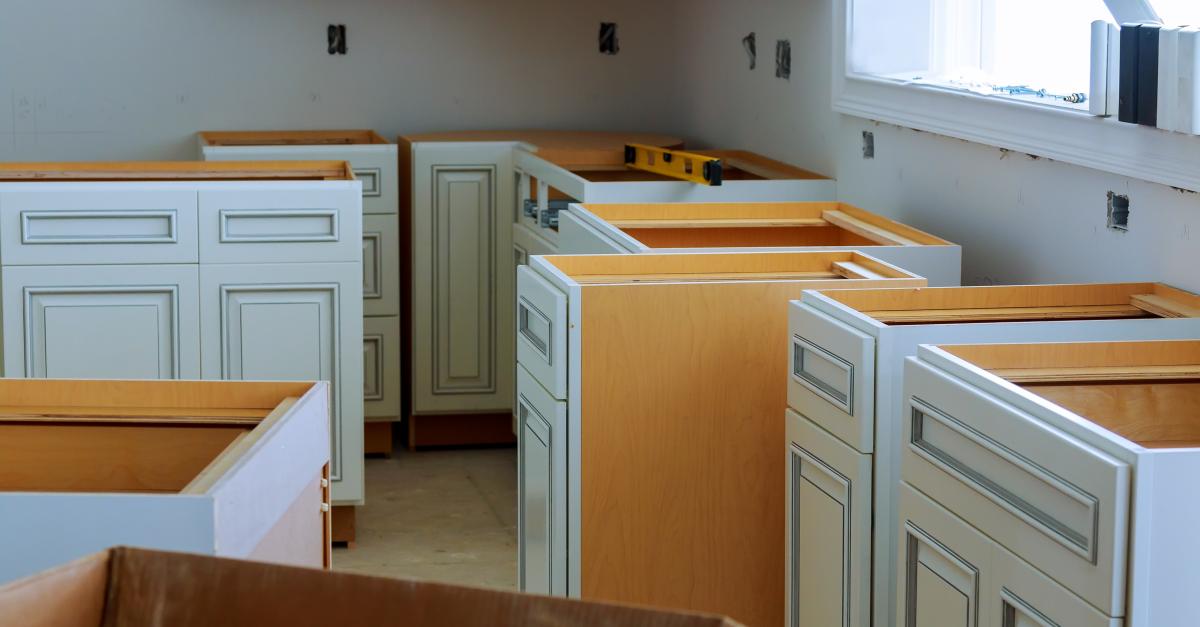Traditional Face Frame Cabinet Style
The traditional cabinet face is constructed of vertical "stiles" and horizontal "rails" that reinforce the cabinet structure and provide mounting support for doors and drawers.
European Frameless Cabinet Style
The frameless cabinet is constructed without any face framing. Doors and drawers are mounted to the sides of the cabinet. Fully concealed hinges are used for the doors. This type of cabinet is also referred to as "full access" because there is no face frame to restrict access to the cabinet.
Full Overlay Cabinet
Cabinet doors and drawers are sized large enough to cover the cabinet face with only minimal clearances between them.
Full Inset Cabinet
Cabinet doors are fitted into the face frame and are flush with the frame.
Ready-to-Assemble
Factory manufactured and finished cabinet components shipped with all parts, fasteners, and instructions necessary for complete assembly of one cabinet. No power tools should be necessary for assembly.
Integrator
Companies who manufacture over 50% of their own components
Assembler
Manufacturing companies that buy component parts and assemble them.
Back
Rear vertical panel of a cabinet.
Base Cabinet
A cabinet installed on or near floor. Usual depth, 24 inches. Usual height to top of countertop, 36 inches.
Bottom
Lowest horizontal storage surface of a cabinet.
Dado
A groove cut in the face of a board into which the edge of another board is fixed.
Door
A movable frame or barrier, usually turning on hinges or sliding, by which the cabinet entrance is opened or closed.
Dovetail
A joint formed by one or more tapered projections (see tenon) on one piece that interlock with corresponding notches or recesses (see Mortise) in another.
Drawer
A five-sided, box-shaped container fitting into a cabinet so that it can be drawn out horizontally.
French Dovetail
A joint formed by a reverse taper edge of one piece sliding into and affixed in a corresponding tapered grove cut into the face of another piece.
Mortise
A hole or recess cut into a piece of wood designed to receive a corresponding projection (see Tenon) on another part so as to join or lock the parts together.
Mullion
A vertical member between stiles.
Rabbet
A recess cut into the side of a face of wood in which the edge of another piece is affixed.
Rail
A horizontal member.
Shelf
A horizontal storage surface in a cabinet.
Side
A vertical surface on the end of a cabinet.
Stile
Vertical outside member of door or front frame.
Tenon
a projecting piece of wood made for insertion into a mortise in another piece for joining the two together.
Toe Space
A recess under face frame or front edge of a base cabinet.
Top
Horizontal panel used to enclose the top of a cabinet.



